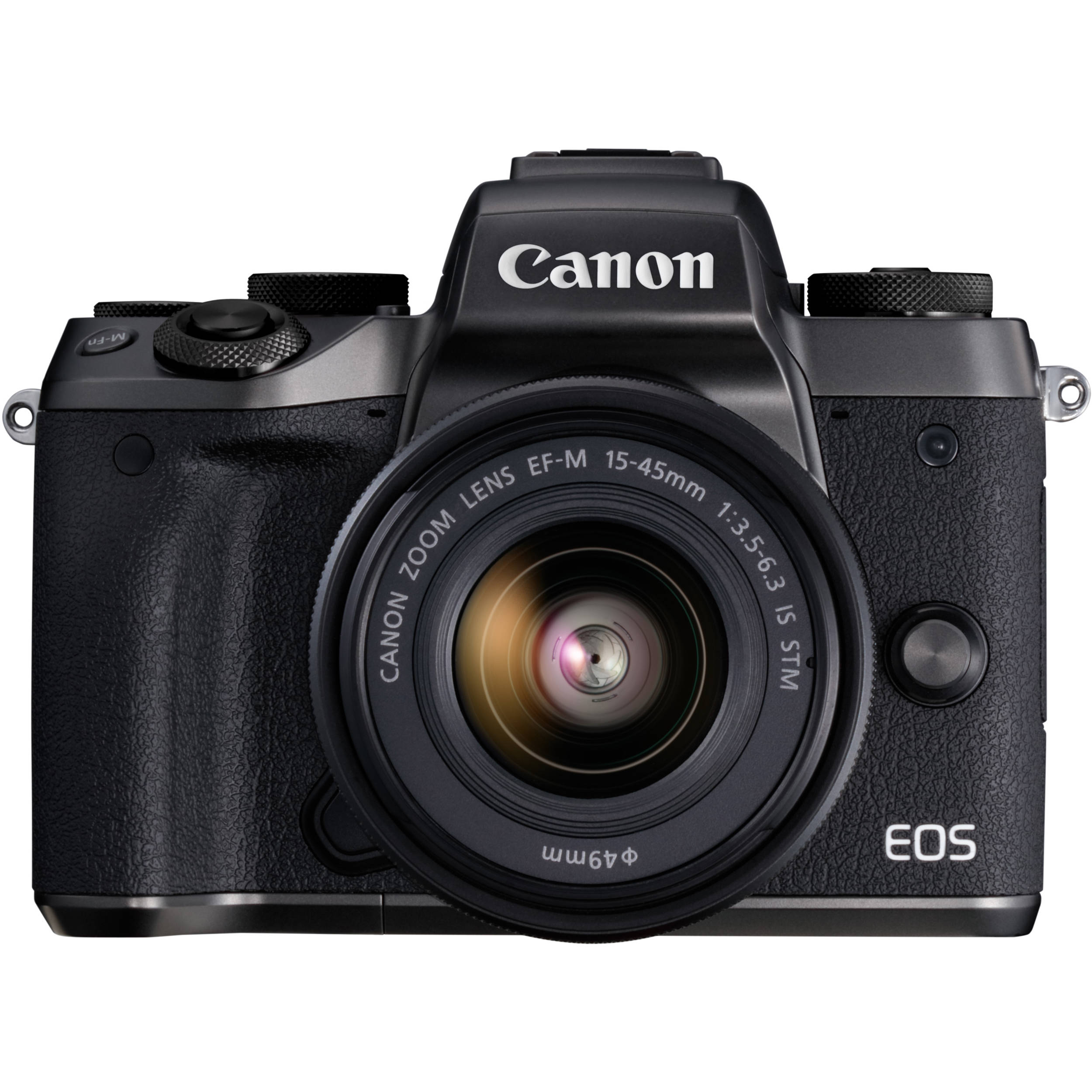The ‘Really Right’TM version would be a very high resolution sensor using a lens with a wide focal length (prime) paired with a fixed narrow aperture.An extending f/4 version would be better. Along with an RF 1.4x TC.
No need to focus; most everything is within DOF.
No need to zoom, just crop digitally.
Solid statist’s fantasy.
Last edited:
Upvote
0

